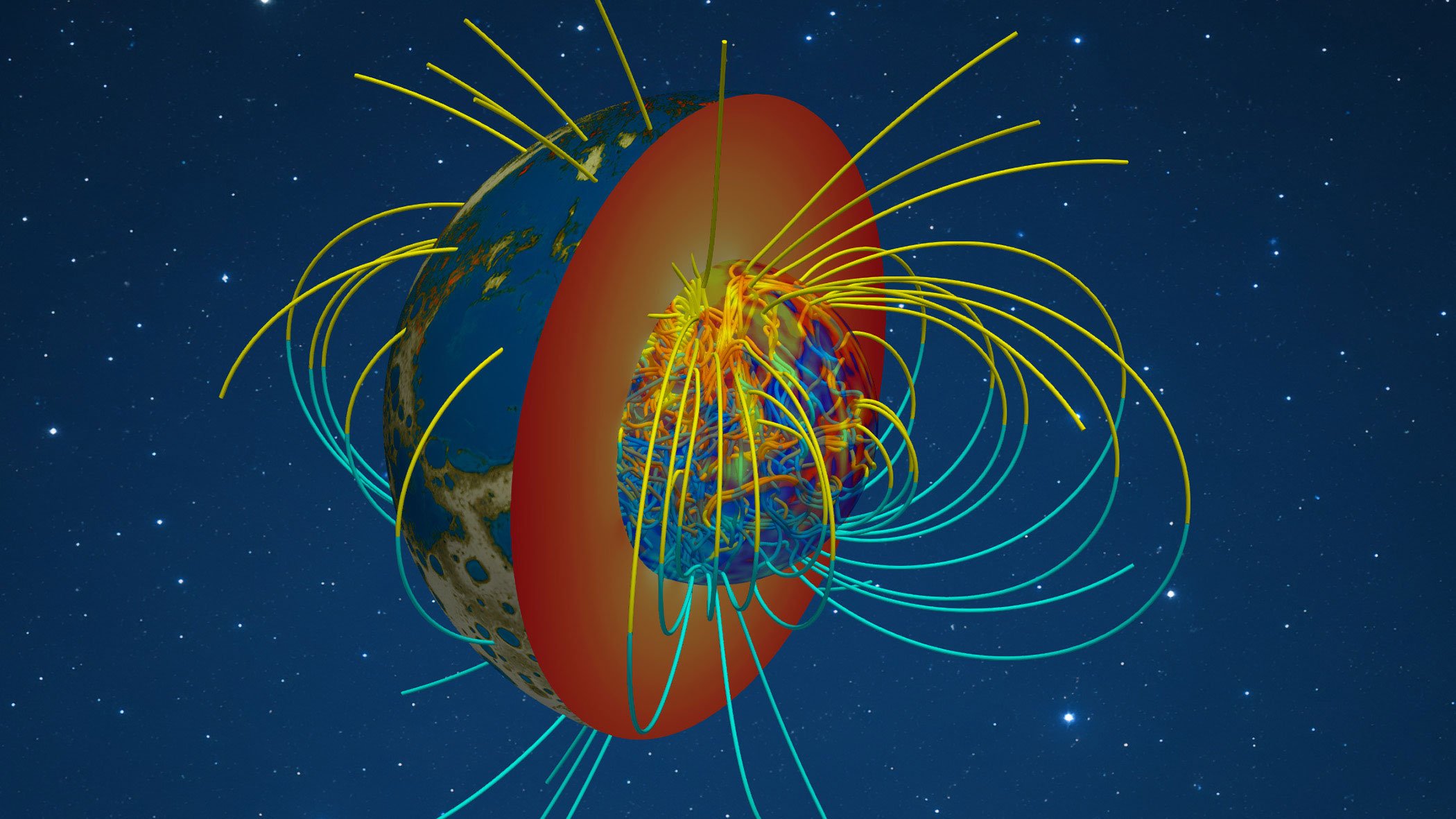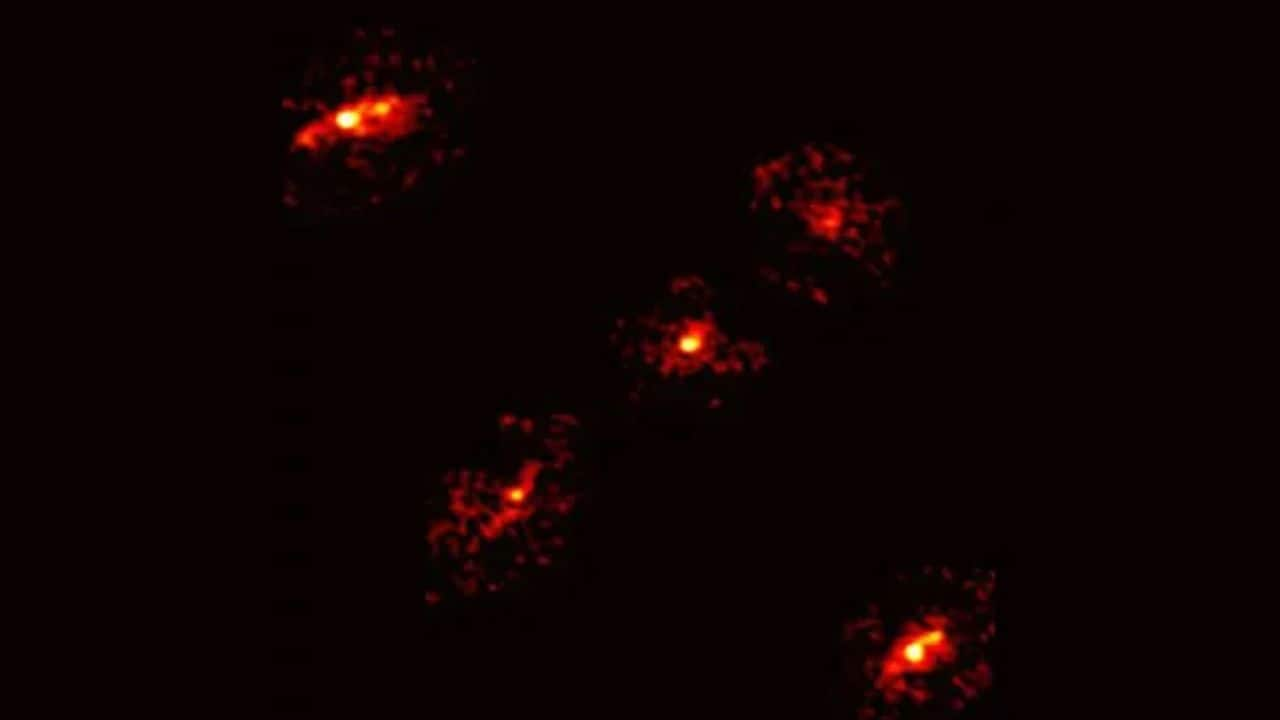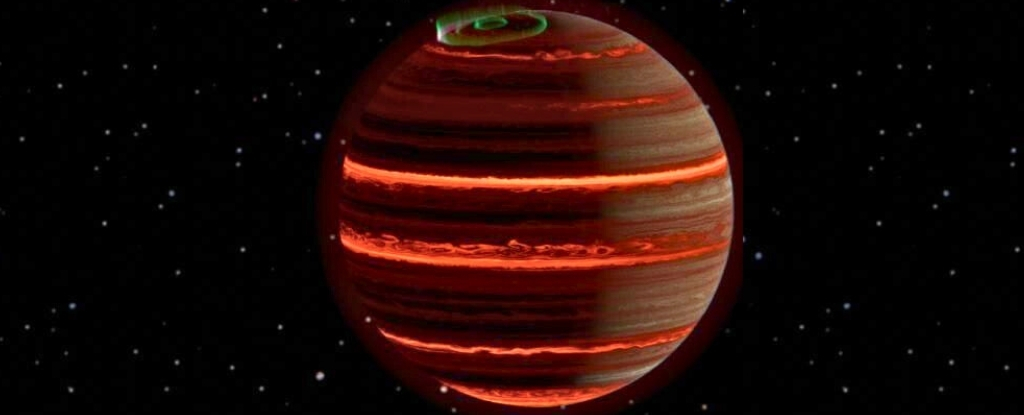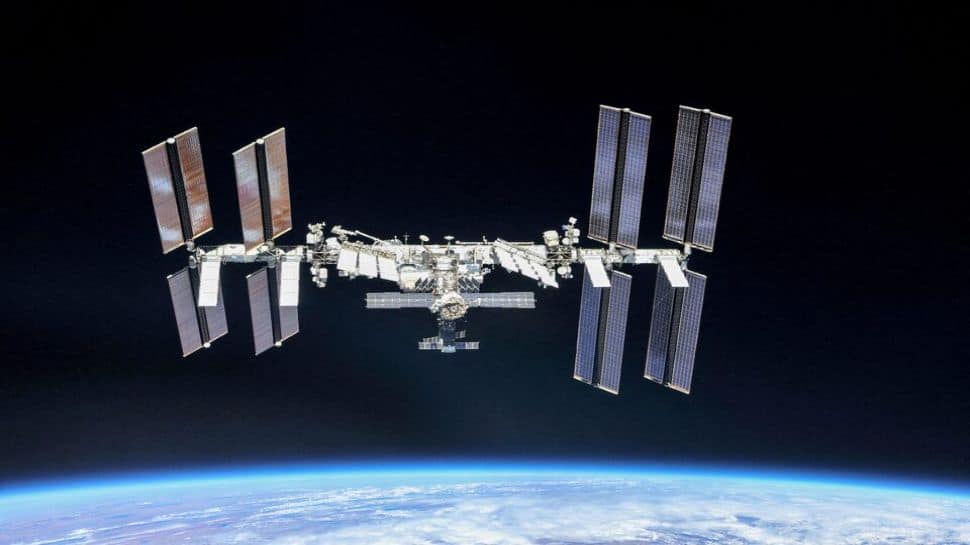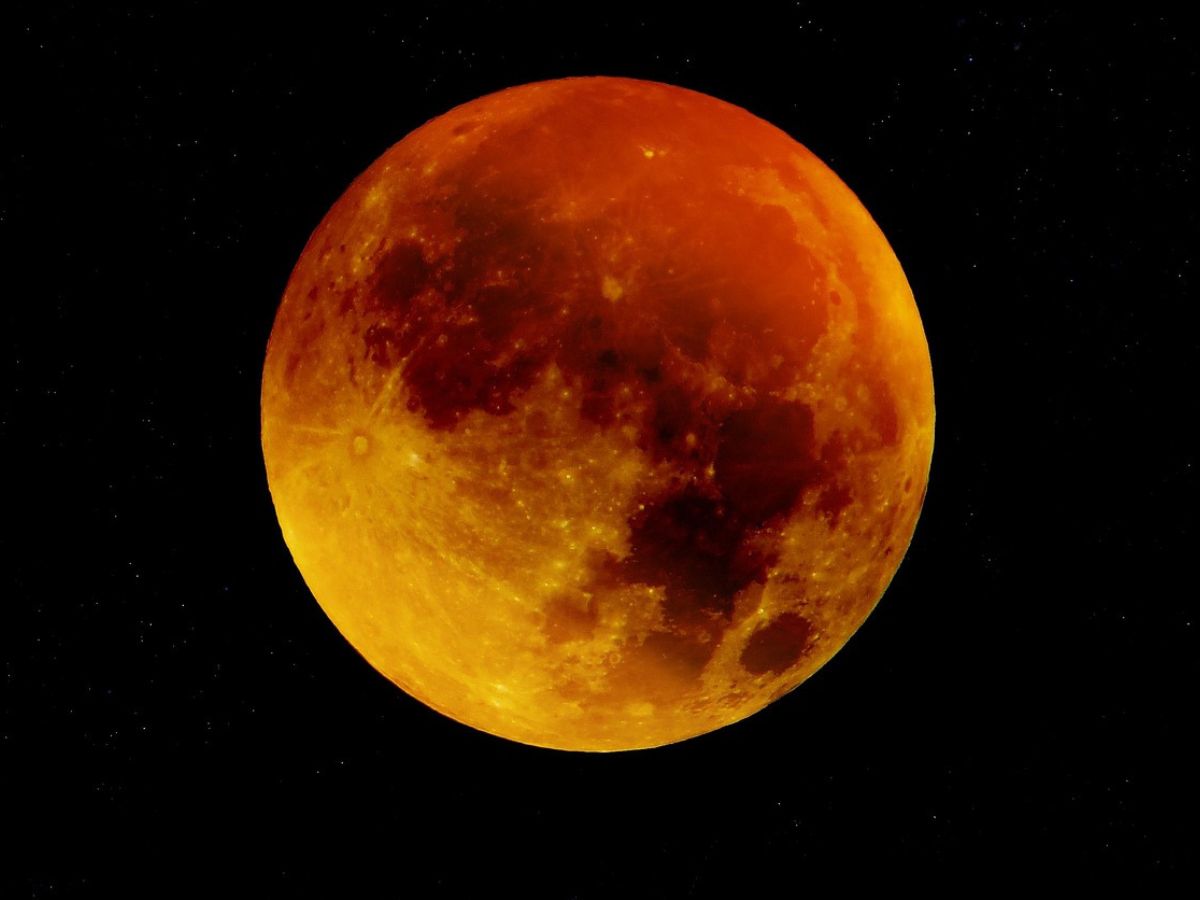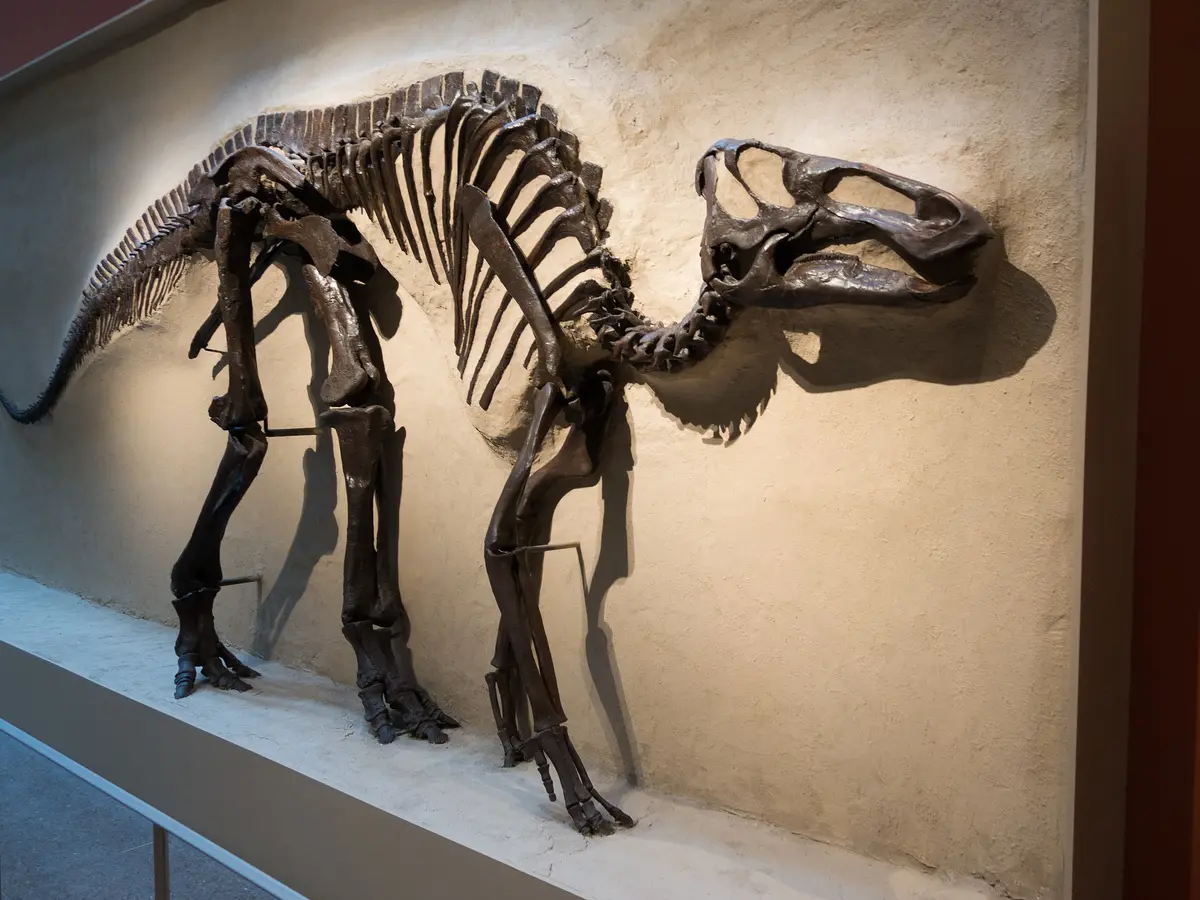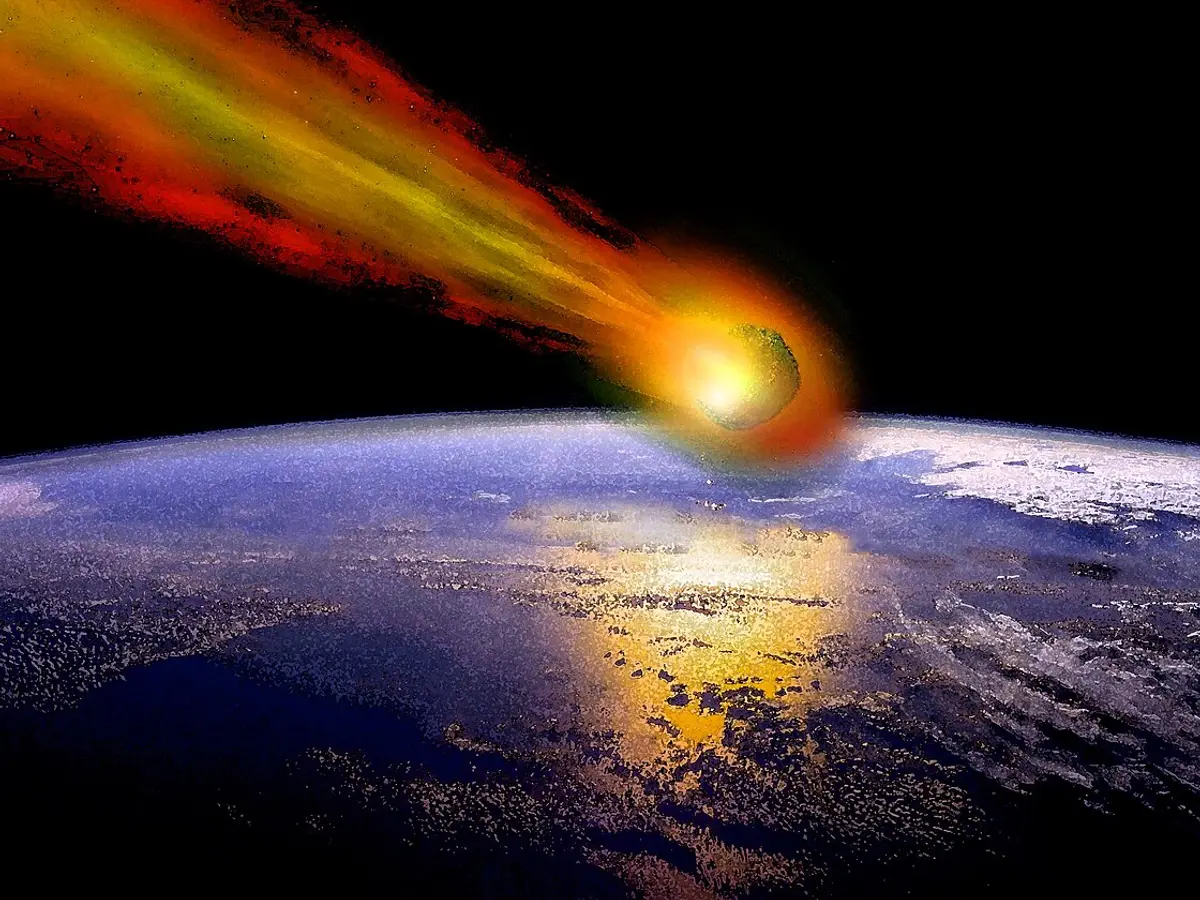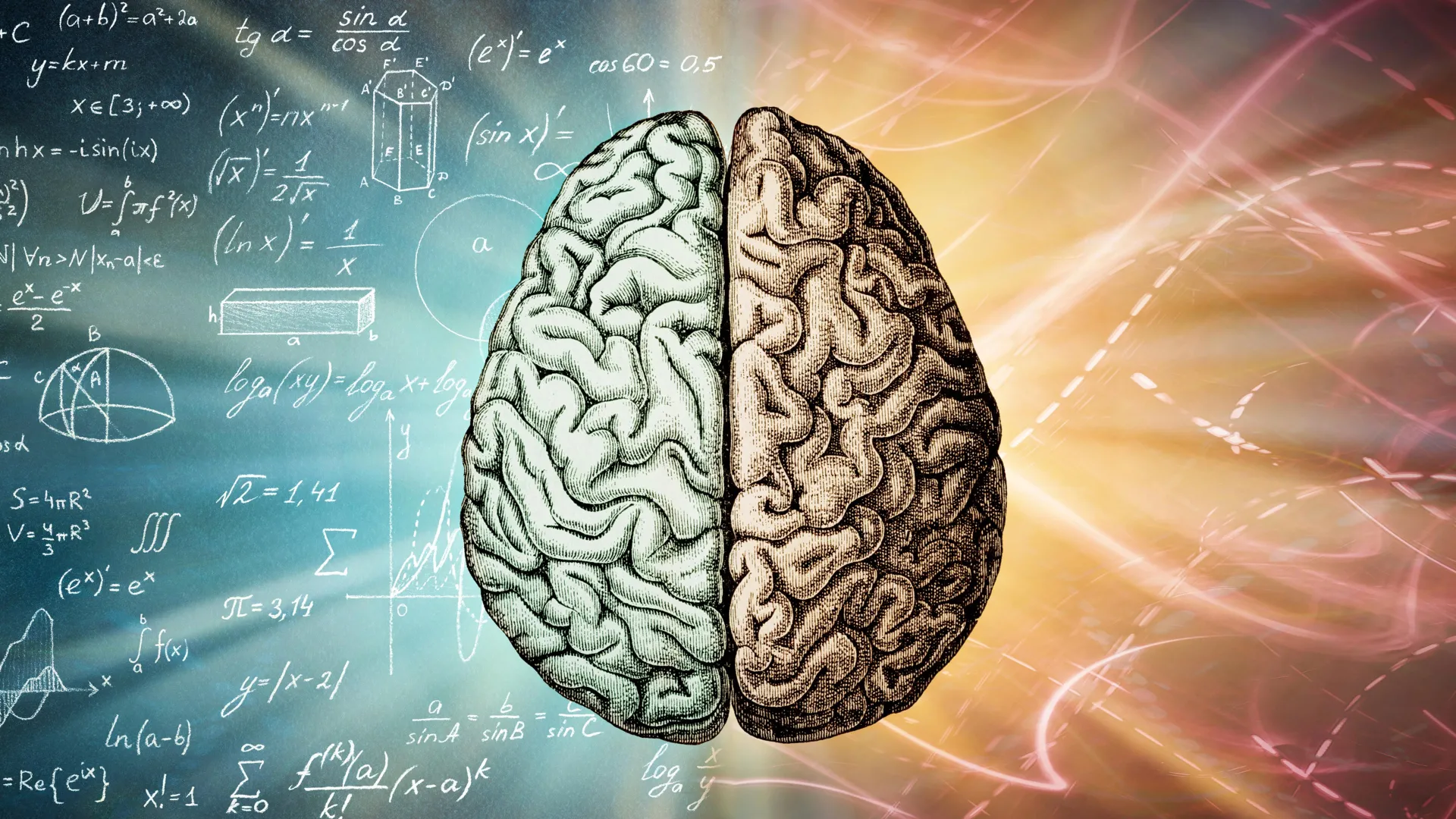Is 'The Big One' Coming? Experts Sound the Alarm on an Imminent Earthquake!

Have you ever thought about what a massive earthquake could really do? Scientists are now warning us that an earthquake, ominously dubbed 'The Big One', could soon strike the West Coast of the United States, potentially with a magnitude as high as 7.7 on the Richter scale. This isn't just a casual prediction; it's a looming threat that could reshape our understanding of natural disasters.
Just weeks ago, the Pacific Ocean was rocked by one of the most powerful earthquakes ever recorded, sending shockwaves as far as the Russian Far East and prompting urgent warnings from none other than former President Trump to residents in Hawaii. It’s a wake-up call that has many asking, are we really prepared for this potential catastrophe?
A recent study conducted by researchers at Caltech has sent chills down the spine of many by linking the devastating 7.7-magnitude earthquake that struck Myanmar earlier this year to a chilling possibility for those living near the infamous San Andreas Fault. This fault line is notorious for its history of large earthquakes, and now experts fear that the next one could be more catastrophic than we ever imagined.
The Myanmar earthquake, which struck the Sagaing fault, was particularly brutal, causing massive destruction and claiming between 2,000 to 5,500 lives, with countless others injured. If 'The Big One' mirrors this disaster, it could spell disaster for millions of Americans.
Both the Sagaing and San Andreas faults are classified as 'straight strike-slip faults', meaning they move horizontally past one another. Jean-Philippe Avouac, a co-author of the study, highlighted that future earthquakes might not follow the patterns of past events. He stated, “Successive ruptures of a given fault can be very different and can release even more than the deficit of slip since the last event.” Essentially, the unpredictability of earthquakes adds an extra layer of danger.
Unfortunately, experts suggest that historical records are simply too short to provide a comprehensive understanding of what could happen next. This lack of data makes it even more difficult to prepare for potential disasters.
Using satellite imagery to observe the fault's movements, Caltech's team is trying to predict if California might face a similar fate as Myanmar. Lead author Solène Antoine noted that the Sagaing fault provided an 'ideal case' for analysis, but the results are sobering. Despite no large earthquakes being recorded since 1839, the recent tremors indicate a much larger area has been affected than previously thought.
If 'The Big One' strikes, we could witness something unprecedented in the history of the San Andreas fault, with past earthquakes registering magnitudes of 7.9 in both 1857 and 1906. What's more, the Cascadia subduction zone, which stretches from Northern California to Vancouver Island, has experienced at least 43 significant earthquakes, the last one being in 1700. Experts are warning that this region is building up stress and is poised to unleash a catastrophic event. “It’s going to be the worst natural disaster in our country’s history,” warned Robert Ezelle, director of Washington state’s emergency management division.
The big question remains: when will this happen? It’s a challenge that experts are still grappling with, and unfortunately, predicting earthquakes is anything but simple.




